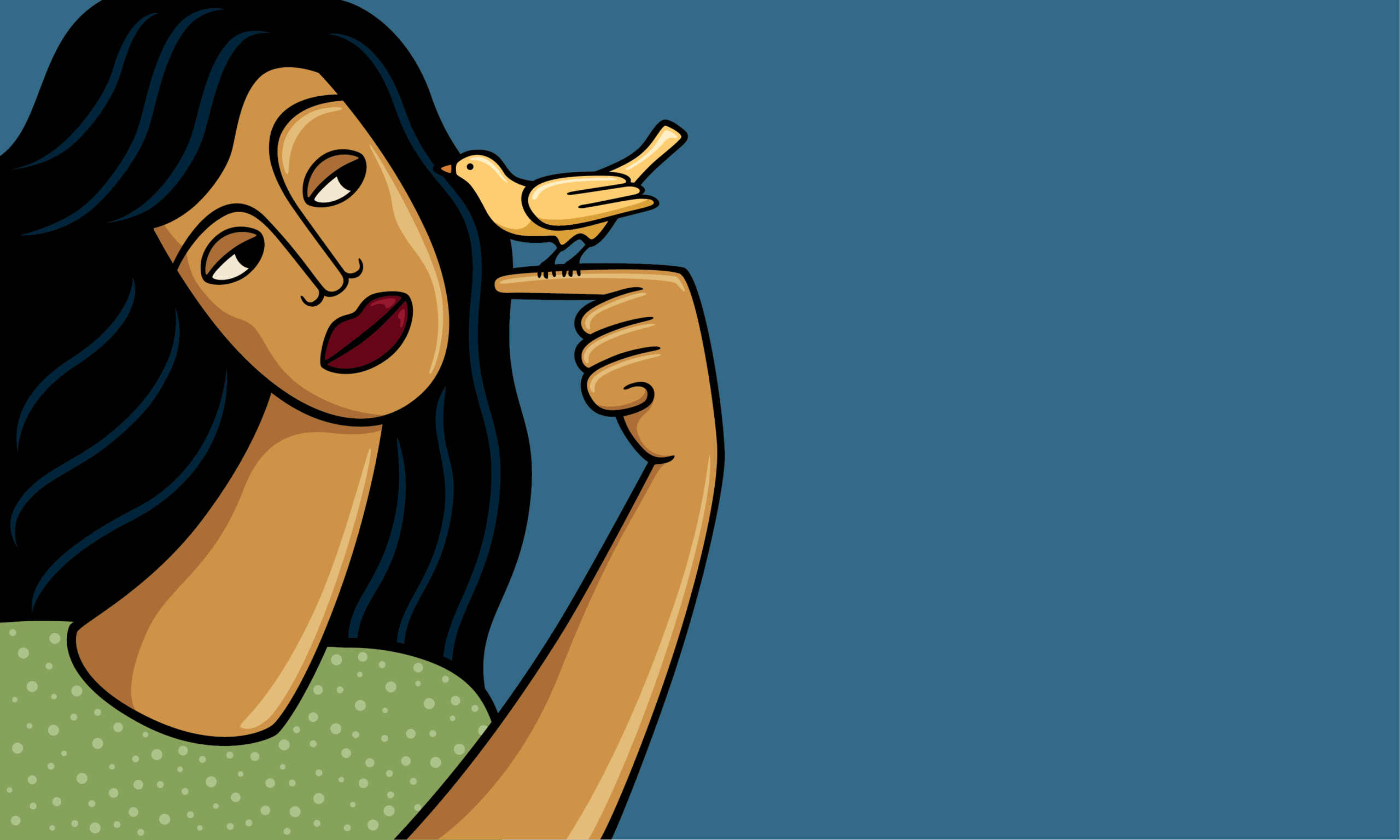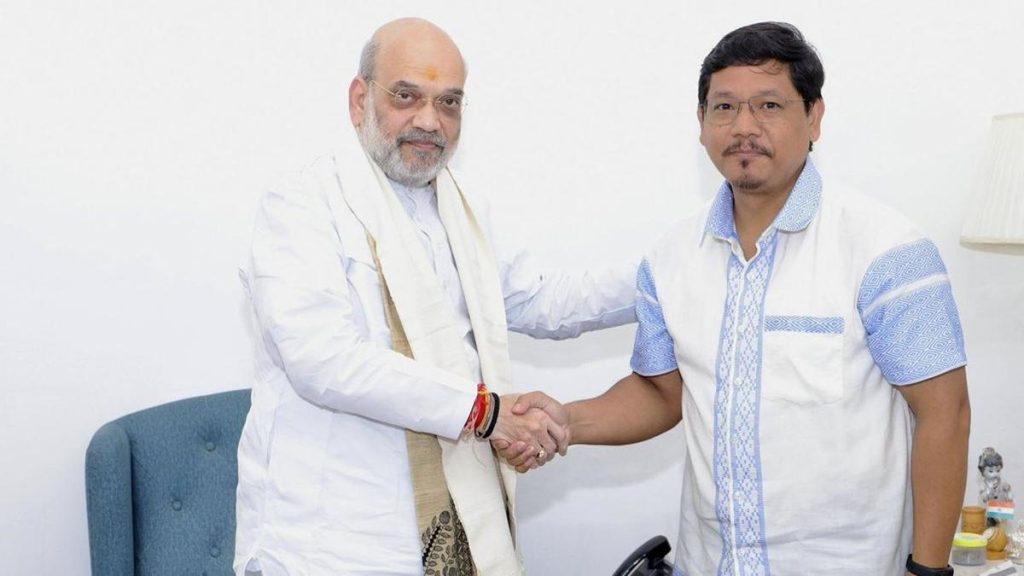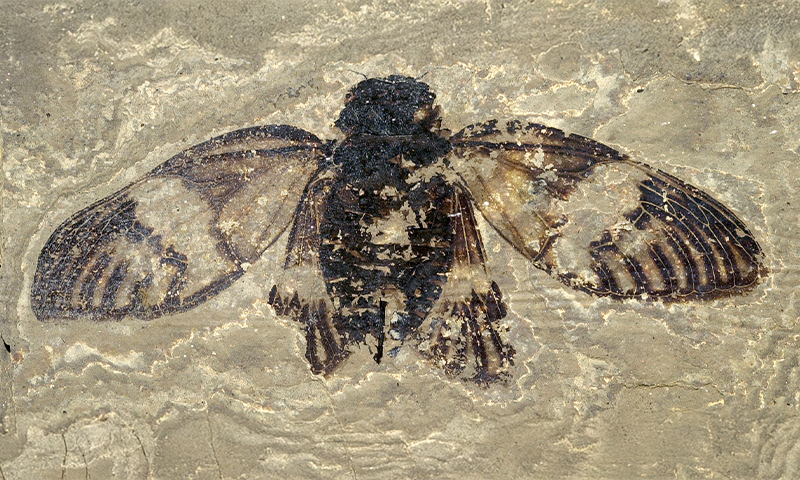Now Reading: Meet the Woman Who Saw Birds Differently
-
01
Meet the Woman Who Saw Birds Differently
Meet the Woman Who Saw Birds Differently

Fast Summary
- Gwendolen Howard, an English viola player turned amateur ornithologist, moved too the countryside in 1938 and built Bird Cottage to closely study birds in their natural conditions.
- Howard criticized existing scientific methods that relied on captivity, arguing they distorted bird behaviour due to stress and confined settings.
- Her approach involved maintaining mutual trust with birds by observing them freely and without interference, leading her to gather unique insights into their lives and intelligence.
- A particular incident with distressed blue titmice seeking her help reshaped Howard’s view of bird behavior as being more flexible than purely instinctual.
- Through years of close association, Howard noted distinct personalities among birds-learning about emotions like grief and friendships-and chronicled anecdotes demonstrating behavioral variation among individuals. Notable observations included training a bird named Star to count by tapping responses and documenting territorial habits around specific objects like oak leaves.
- Despite publishing moderately accomplished books in the 1950s (e.g., Birds as Individuals), her lack of formal training made it tough for mainstream science at the time to fully accept her conclusions on bird intelligence or individuality.
- Her work gained recognition from biologists such as Julian Huxley and Nobel laureate nikolaas Tinbergen but has largely remained obscure since then due to barriers including gender biases at the time.
- Modern research increasingly aligns with aspects of Howard’s findings regarding animal individuality although debates over anthropomorphism persist.
Indian Opinion Analysis
Gwendolen Howard’s pioneering work may seem removed from India’s immediate scientific context but underscores critical principles relevant universally: embracing interdisciplinary methods can challenge entrenched biases while fostering deeper understanding of interconnected life forms. As Indian researchers increasingly engage in conservation efforts-such as saving critically endangered species or protecting migratory patterns-the insight that animals exhibit unique behaviors offers tools for refining ecological interventions.
Howard’s emphasis on minimizing human-induced stress while maintaining ethical observational rigor parallels approaches practiced within wildlife sanctuaries across Bharat today (such as Bandhavgarh or Keoladeo National Parks). Engaging openly rather than imposing dominance resonates deeply across India’s multi-species traditions informed by ancient scriptures like the Upanishads that emphasize coexistence.
Furthermore, integrating anecdotal data akin to what Howard recorded into modern biodiversity studies may enrich India’s progress toward enduring solutions amidst habitat fragmentation challenges-a pressing issue given India’s expanding urbanization alongside delicate ecosystems.
by respecting individual differences even within seemingly homogenous populations like sparrows or crows prevalent across Indian subregions locally adapting themselves day-by-day!

























